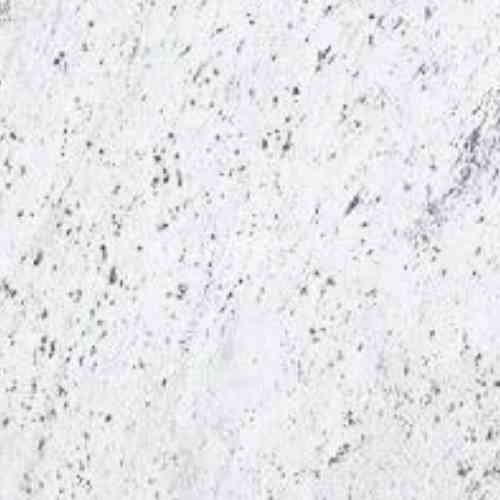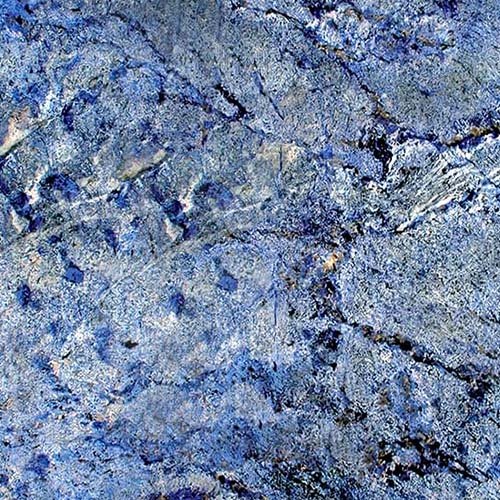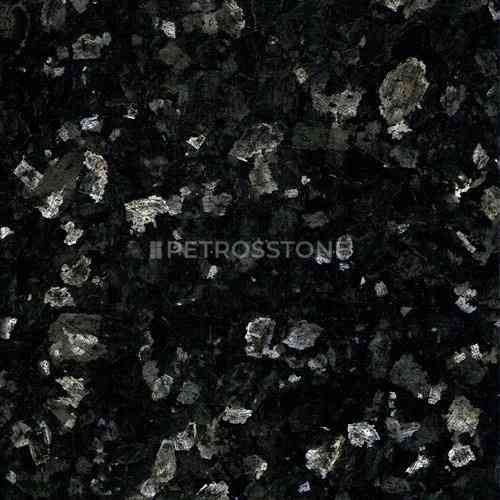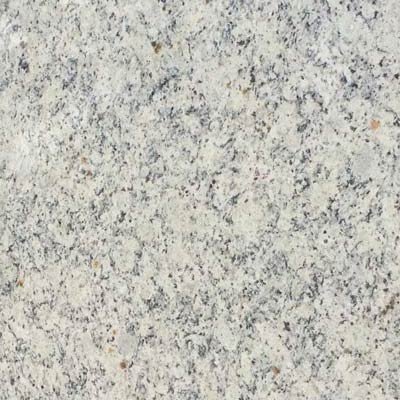To edge towards a sustainable future, multiple green building strategies must be adopted. Using green building materials is one of the important strategies that must be endorsed. Besides moving towards a greener future, green building materials also have several, much more direct advantages like reduced maintenance, energy conservation and improved health. In this article, we will discuss 8 green building materials practical to use in India. We will also discuss how some projects have harnessed the potential of green building materials.
8 Best Green Building materials in India are:
- Earthen Materials
- Slate
- Bamboo
- SIPs
- Rice Husk Ask Concrete
- Recycled Plastic
- Particle Board
- Bio-Composites
1. Earthen Materials
Mud, rammed earth and cob have been thee best building materials for ages. Mud’s low cost, malleability and widespread availability make it an ideal building material. However, with the introduction of modern building materials like cement, glass and marble, mud lost its enamour. Houses became assets with a long-term investments. When compared to modern building materials, mud was expensive and not as durable. Hence, mud houses lost their popularity and soon became associated with insufficiency and rural areas.
Advancing to the present time, mud is being reassessed as a viable green building material. Fibrous materials like straw and grass can be added to earth to improve its strength and durability. Mud houses have much better insulation than steel. Mud structures have survived for thousands of years like the 6000 year old arches in Morocco and the domes in the Nile Valley are prime evidence of mud’s durability as a green building material.

Earthen materials are however, best fashioned in dry climates. To combat this. the building centre in Delhi has developed a technology to give the exterior facing of mud blocks a veneer of stone, cement or tile. This acts as a waterproofing measure and improves the aesthetic without compromising the benefits of mud.
Renowned Architect Eugene Panadala designed a mud house for an IAS Officer in Kerala. After the word about this design spread, people started noticing the significance of an eco-friendly home making using earthen green building materials.
Panadala has designed resorts, academies, hospitals and heritage sites with earthen materials. Pandala is popularizing India’s tradition of mud houses by infusing local green materials like straw bamboo, timber and reused steel in his work.

2. Slate
Slate is a natural metamorphic rock. It has been used for thousands of years owing to its superior properties. It is water resistant, fire resistant and durable. Slate is also available in a variety of colours, designs and textures. For years, it has widely been used for flooring, wall cladding, elevation and even roofing. Unlike other stones, slate is relatively non-porous and maintains its look and colours for a long time. The still-standing roman structures of slate are indispensable evidence of this.

Unlike engineered wood, slate is fireproof, waterproof and hence requires not much looking after. Slate is also chemical proof, this sometimes poses a huge difficulty in chemically treating slate surfaces. It is even resistant to strong acids and alkalis. Natural slate doesn’t require any chemical coating to protect from algae and moss. Slate colours are earthy with attractive natural variations so that each surface is distinctive. No two pieces can ever be a 100% identical. Slate roofing can easily be replaced further reducing maintenance costs. It is easy to handle, cut and shape into the right size heavily bringing down construction costs as well.
Slate can have dark tones that can make the interiors cold and distant. Though slate is eco-friendly to ship if you are close to the quarry but for long distances this can easily turn out to be false, factoring in the weight of natural stone.

3. Bamboo
Bamboo is an excellent green building material. It is more than twice as strong as concrete. Bamboo is a plant you can actually notice growing. In the US, bamboo has been certifies by the ICC Evaluation Service as a legitimate structural element.
Bamboo can be used as a green building material for roofing as well as for walls. Strong and flexible green bamboo structures have been known to even withstand the forces of hurricanes and earthquakes. Bamboo might look fragile but when scientifically tested, the tensile strength of bamboo is even greater than steel. The age and the species of the plant is essential to examine when considering bamboo as a green building material.

Pros
- Bamboo is an excellent green building material because
- Bamboo as a plant takes in relatively more CO2 and produces a larger amount of oxygen
- Provides biomass
- Offers refuge to a wide range of wildlife, providing a healthy source of food
- Bamboo forests are ready to be harvested within 3-5 years much faster than traditional forests which take as long as 25 years. Not only that, with careful attention, around 10 percent of bamboo can be harvested each year without adversely affecting the original vegetation.
- Bamboo must also be harvested at the right time to certify its strength and stability. Bamboo requires minimal insulation, just like wood. It is easy to install and work with.
Cons
- Major problems associated with bamboo as a green building material are
- Deterioration: Bamboo has a high starch content, insects and other organisms are attracted to it. Hence, overtime, bamboo loses its strength.
- Quality Assurance: Assessing and regulating the quality of bamboo is very difficult. Consistently procuring high quality bamboo is arduous because there are a lot of factors that determine its quality. The quality of bamboo depends on the soil, climate, its treatment, harvesting time and the finishing processes.
4. SIPs
SIP stands for Structurally Insulated Panels. SIP comprises a layer of rigid core sandwiched between two layers of structural board. The structural board can be made of metal, plywood or cement.
Building with SIPS costs almost the same as wood frame construction. But SIPS are faster and easier to work with. SIPs work similar to an I-Column. The rigid core acts as the web whereas the structural board replicates the functions of the flanges. SIPs can be used for walls, floors and roofs.
SIPs are airtight and hence offer some of the best insulation. This in turn, brings down the cooling or heating energy consumed by the structure. This might seem miniscule but when on a larger scale these savings can be substantial.
Not only do SIPs save energy, they also require less energy to manufacture. The major components of SIP, foam and Oriented strand board (OSB), take less energy and raw materials to manufacture than traditional structural building systems. Construction of a house using SIPs produces less waste than conventional structural building methods.
For this reason, SIPs have been regarded as a green building material. Not only are there energy savings, but this green building material is also much stronger.

5. Rice Husk Ash Concrete
Rice Husk Ash concrete is emerging as a green alternative to cement. Rice husk is released as a by-product from the rice paddy industries. Rice husk by itself is not biodegradable but when burned under the right conditions it produces Rice Husk Ash. RHA concrete is more prevalent in countries having a huge rice production. Rice Husk Ash concrete has emerged as a clever solution to make use of this otherwise non-biodegradable waste. Rice Husk Ash is highly reactive and has a chemical composition similar to many organic fibres. Thus, it is used as a supplementary binder with mortar and cement.

The quality of RHA concrete depends on the burning process. Thus, regulating and maintaining the right standard throughout the burning process is essential to produce prime quality RHA concrete.
6. Recycled Plastic
A discussion about green building materials cannot be complete without discussing plastic. We are all aware that plastic poses a huge problem for the entire world. Strategies focusing on managing plastic waste can turn out to be a more practical than merely banning it. Plastic has some undeniable benefits. It has become so ingrained in our capitalist economy and to be honest; we are not getting rid of it soon. Even if we are able to ban plastic and develop an alternative, we still have to manage the existing the plastic waste we have created. Plastic is non-biodegradable, and it is not going away for thousands of years.
On the positive side, engineers and environmental scientists have come a long way in developing ways to recycle and reuse plastic.
Recycled plastic is being used to build roofing tiles. These resemble more expensive materials like slate and exhibit all the essential features expected from roofing tiles.
The fames of PVC windows are also made from 100% recycled plastic. PVC windows have become popular because they are easy to design and adapt to various architectural styles.
Multiple start-ups from India have been able to develop recycled plastic bricks, pavers and even entire roads. One of these start-ups named Zerund Bricks from Assam has made recycled plastic bricks. These bricks consist of about 70% waste material, they are about 10% lighter than conventional bricks and provide about 12% more thermal insulation. Consequently, plastic bricks keep houses cool in summer and warm in winter further yielding energy savings. Hence, these bricks and pavers easily qualify as one of the most practical green building materials.

Other than the above discussed products, recycled plastic is also being used in carpeting, floor tiles, ceiling tiles and concrete.
7. Particle Board

Low-density fibreboard (LDF), also known as particle board, is manufactured by binding wood chips using a synthetic resin which is pressed and extruded. Though furniture and interior designers often refrain from using particle board owing to its unremarkable strength, durability and appearance, it can be the perfect green building material for some applications. Considering its low carbon footprint coupled with low costs it can be an impressive green building solution for temporary projects and furniture.
8. Bio-composites
Bio-composites verge on the edge of being practical green building materials. The use of bio-plastics or bio-composites is gaining popularity, hence they deserve a position on this list.
Bio plastics are plant and animal derived products which are now being used as green building materials on niche construction projects. They are lighter, stronger and fully compostable green building materials.
The roots of mushrooms, also known as mycelium, have been used for the first time in history, to develop green building materials by a company named Ecovative. Mushrooms grow underground in the absence of light. This means that they do not require a light energy source to grow, further reducing their carbon footprint.

One of the most interesting products by Ecovative is a green insulation material that, when injected inside the walls, grows and solidifies to become so strong that the walls do not require a supporting structure at all!
Ecovative has also developed Myco Board which looks exactly like particle board but is not made of wood. It is lighter, stronger, cheaper and can be adapted to hold off rodents.

Hi, I’m Rishabh Jain, Director – Exports & Marketing at Petros® Stone. With a deep focus on global markets and strategic growth, I’m passionate about taking India’s finest natural stones to the world, combining innovation, quality, and strong relationships to deliver lasting value.
Brown Granite
White Galaxy Granite
Blue Bahia Granite
Silver Cloud Granite
Black Pearl Granite
Dallas White Granite







